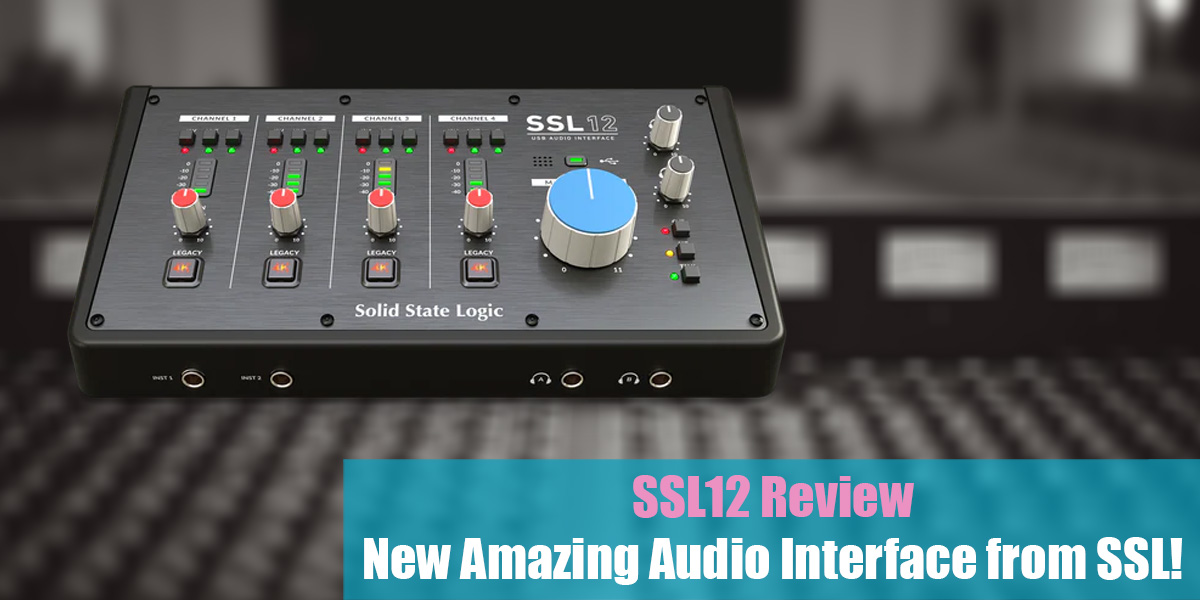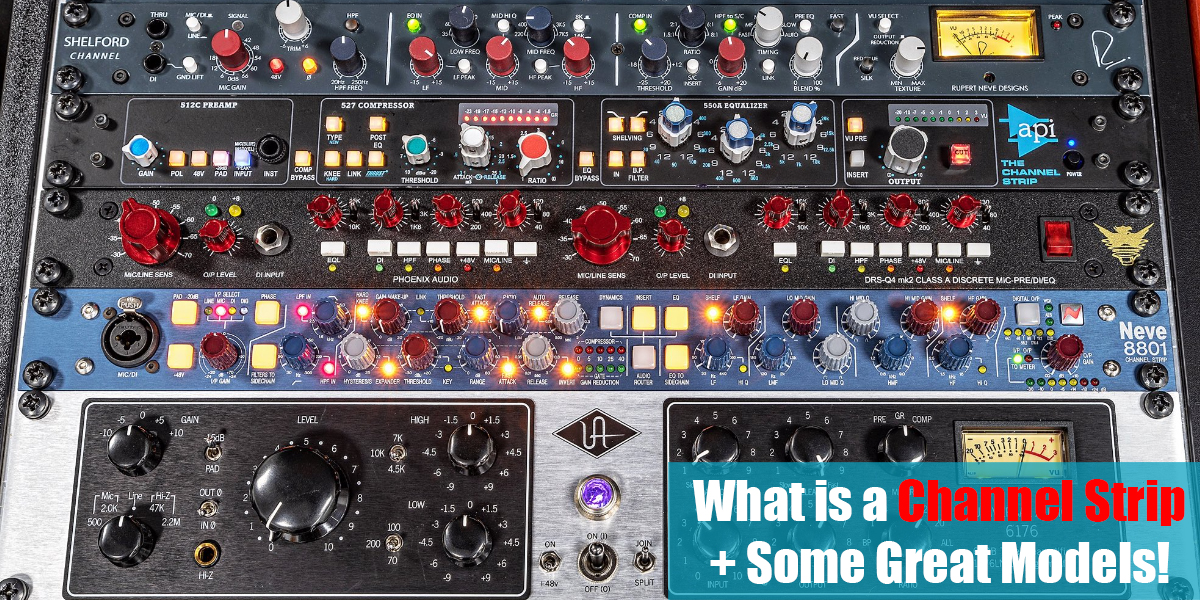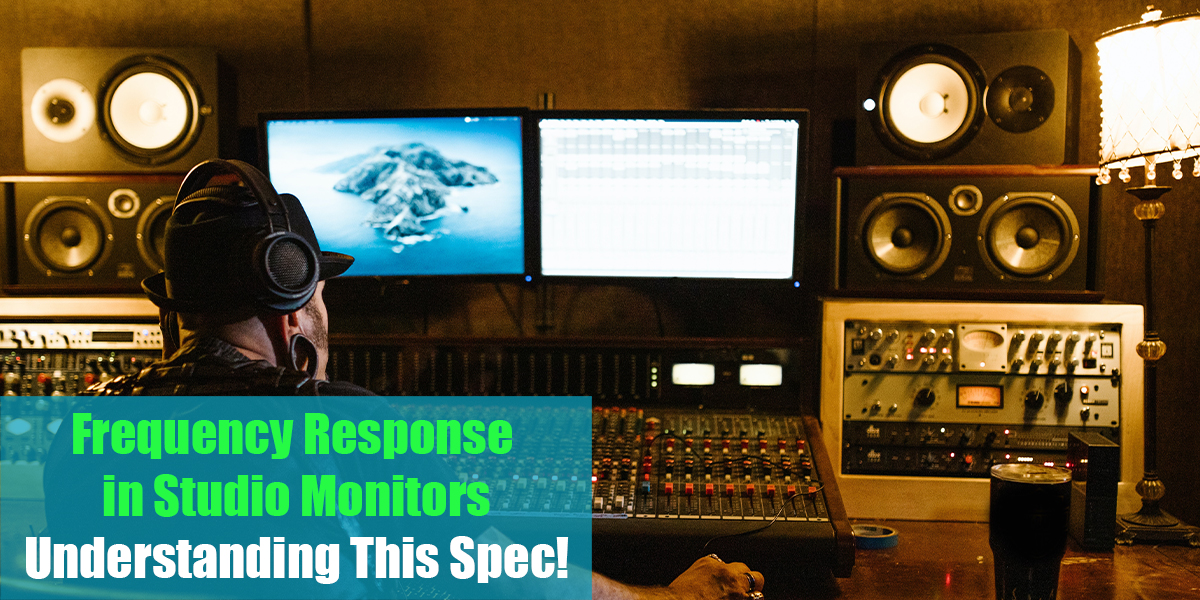Sony C-80 Condenser Microphone
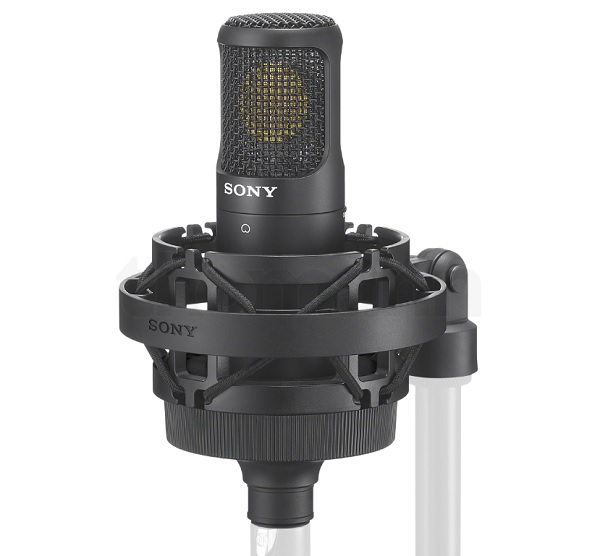
- Condenser Microphone
- Dimensions (diameter x length): 40 x 158 mm
- Weight: 215 g
Sony C-80 Review
Welcome to another review! Today we are having a Sony C-80 microphone that is presented by the brand and the developer. As we already know, Sony is developing one of the best microphones out there and this is another one in that category. First, into this mic, the brand incorporated one of the newest voice recording technologies and designs that are up-to-date with the era.
The Sony C-80 is a condenser microphone and it combines the capsule from C-100 and the diaphragm material from the C-800G microphone from the same brand.

C-80 Features
This Sony C-80 mic also has a build that the developer called Noise Elimination Construction which is also found in microphones from higher categories. The design reduces vibrations that are generated inside and by the body, resulting in a more clear recording output. The mic also has a cut-off filter at 70Hz and a -10dB pad switch that is there to help the user shape the signal to their liking. Not to forget to mention that the mic can handle up to 138dB SPL with 1% THD at the standard 1kHz which is great as well.
Also judged by the appearance, this is a large diaphragm microphone with a nice frequency response from 20Hz up to 20kHz with a great range of dynamics with more than 125dB. The mic has a relatively flat response, making it good for many different usages, but what really stands out is the capability to record precisely and in detail with a minimum amount of distortion.
The sensitivity of the microphone based on the manuals from Sony is -30 dB (0 dB = 1 V/Pa, 1 kHz) and the signal-to-noise ratio is 81.5 dB. The mic as per usual requires 48v phantom power to be powered up and function properly. In terms of connectivity, it uses the regular 3-pin XLR connection. Also, with the bundle of this microphone, you will be getting a shock mount and a carrying case which are always nice add-ons in a mic collection.
This mic has the power to upgrade every mic collection locker since it is a good all-rounder microphone that can be used for many various sources. We find that the best usage of it lies in the vocals, but that is just us – and we hope that you’ll be able to find more great usages to it.
As we said above, the building technology uses a two-part aluminum body that reduces any vibration to reach the microphone membrane with a chance to be recorded in the session. Great microphone all in all and a big plus is that it comes from a developer that cares.
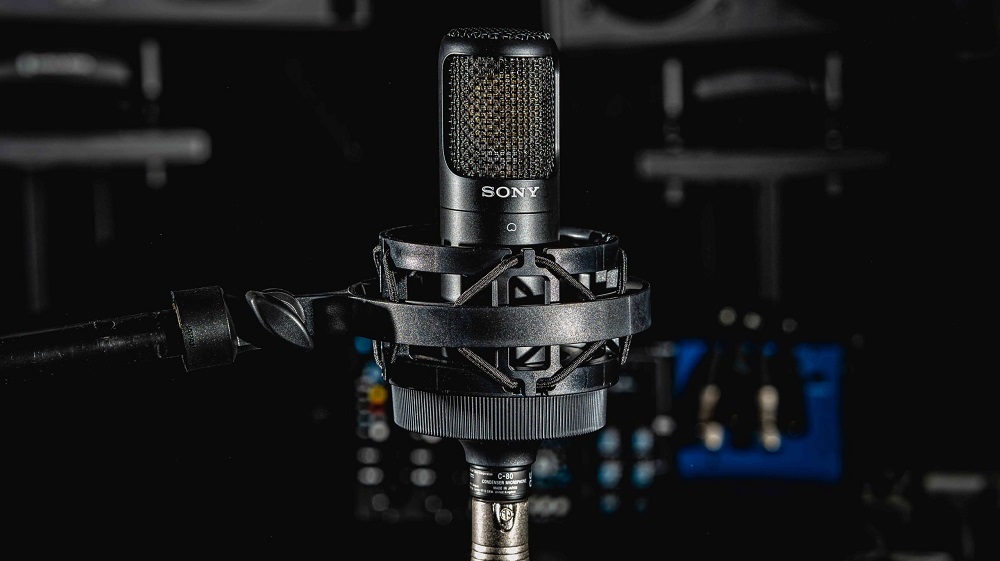
- Best Measurement Microphones: Top 10 Picks + Buyers Guide!
- Best Small Diaphragm Condenser Microphone: Our Top 10 Picks + Buyers Guide!
- Best Boundary Microphones: Top 10 Models and Brief Review!
- Top 10 Stereo Microphones: Our Best Picks + Buyers Guide
Sony C-80 Sound
In terms of sound of this microphone, the brand states that the mic can very clearly capture mid frequencies that will give a nice and tight vocal sound. Besides that, this feature in the sound signature will give a nice result in the sound of strings being played or the body of some instrument that has a lot of this said body in the sound.
Many different microphones focus on different points for a certain new product they release. For the C-80 mic from Sony, we can say that they focused to capture the character of the signal and put the influence of the microphone out of the image.
This makes this microphone to be one of the best in this range for recording acoustic signals and vocals with very low noise from the background. All the vibrations that are rejected result in not having any low end rumble that will interfere with these frequencies that can be crucial in a vocal recording.
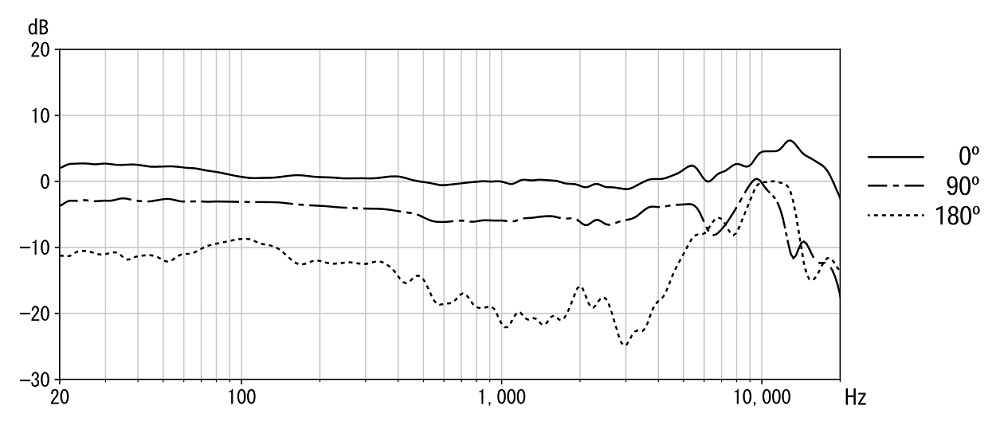
In addition, the microphone’s unique dual-capsule unidirectional diaphragm additionally isolates the sound from the outside, most of the time when we are having artists that move around a lot and tend to create unneeded sounds around them.
Based on the details from the developer they stated that the C-80 microphone captures really natural and clear vocals with very tight and rich reproduction of the frequencies that are found in the middle of the spectrum. Also aside from the vocals, they stayed that the microphone is also able to give a very realistic picture of any instrument that is recorded with it.
Another feature that this mic has is that can naturally suppress the low and boomy frequencies and noisy stuff that are recorded if the microphone is close to the source, which is a very impressive and very nice feature that a large membrane microphone can have, in view of the fact that the C-80 does not seem to include a pop filter.
- Capsule type: Double diaphragm condenser
- Polar pattern: Cardioid
- Frequency range: 20 to 20,000 kHz
- Sensitivity: -30 dB (deviation ±3 dB), (0 dB=1 V/Pa, 1 kHz)
- Dynamic range: more than 125.5 dB
- Max. sound pressure of the input signal: more than 138 dB SPL
- Signal-to-noise ratio: 81.5 dB
- Hi-pass filter, -10dB pad)
- Requires +48V phantom power (44 to 52 V DC)
- Includes shock mount and carrying bag
Why Do You Need the Sony C-80
So why do you really need this Sony S80 microphone? Because this microphone is pretty new and has all the best and new technologies that Sony developed in order to give us the consumers microphone that is all-arounder and can record vocals and everything else that we need to record.
Also being developed by a trusted brand gives us another reason to go for it because they really care for the consumers and they cared and produced a microphone that is made from very high-quality elements that guarantees longevity at the end.
Also, the microphone comes at a really nice price which is a complete steal if you ask us, so feel free to go above and check the links that we provide to the stores and feel free to double-check this microphone in your local store if you have the option for it.
Conclusion
So to conclude the review of this microphone. We really think that the C-80 is a nice choice if you’re after something that is good in terms of price and performance. We understand that there are many other microphones in this range, but ultimately the sound quality is what really matters in this microphone gives that to us.
Also besides the regular using the studio, you will be able to take it out for live acts or even use it in your podcast which is also good usage for this mic.
If you are having any questions about this microphone, feel free to reach out to us in the comment section below, or reach out to the Sony contact center for more in-depth answers!


